Text
Harp & Violin: Essentials and Quirks
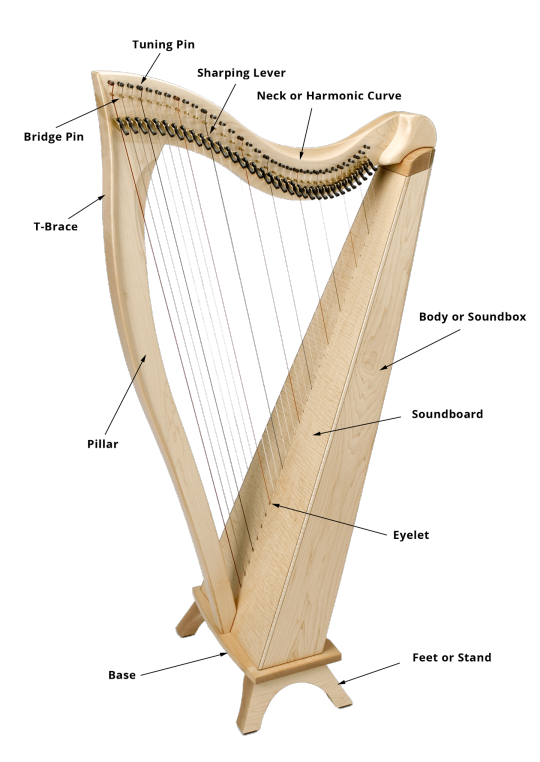
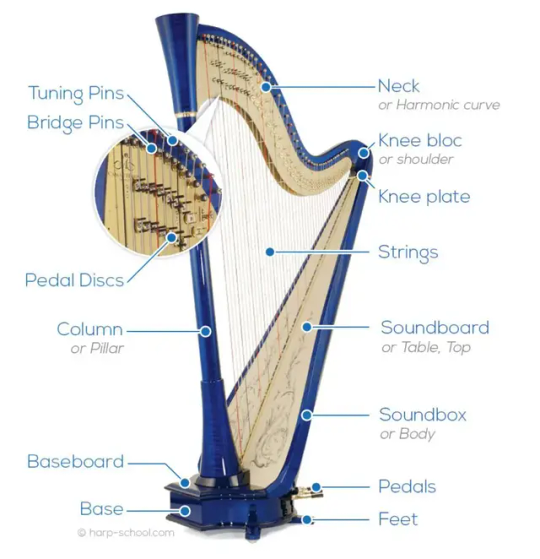
LEVERS AND PEDALS
Both of these are mechanisms to allow the harpist to play accidentals (sharps and flats). On a lever harp, there is a lever corresponding to each string. These levers are found on the neck of the instrument. On a pedal harp, there are seven pedals corresponding to the seven pitch classes. The pedals are found around the base.
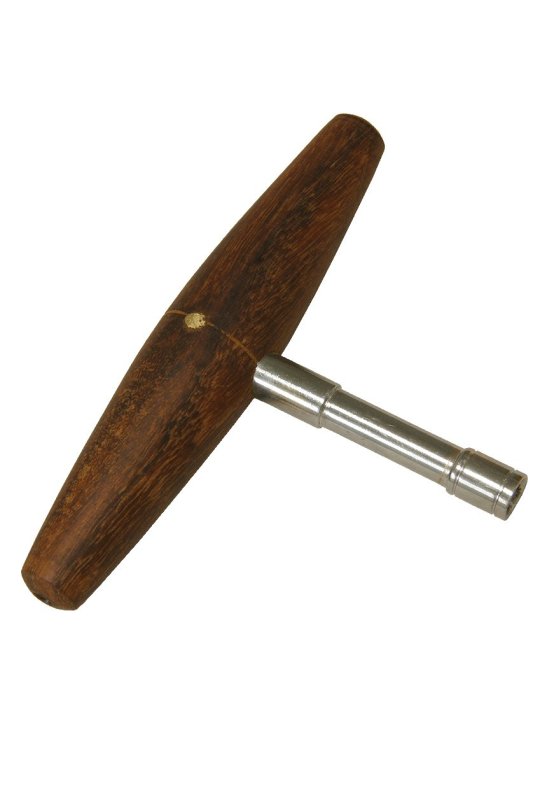
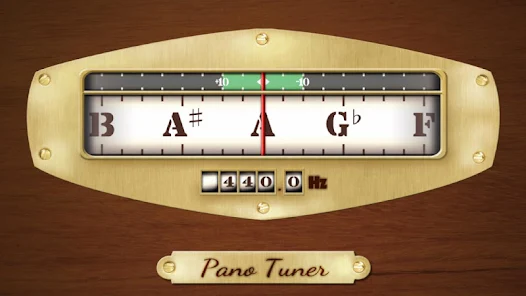
TUNING KEY AND TUNING APP
A tuning key is an important tool in every harpist's pocket. To tune a string, slot the key over the corresponding string's tuning pin on the neck of the instrument. Then, using a tuning app on your phone as a guide (yay, technology!), keep plucking the string and twisting the key until the string is in tune. Beginners might take at least 45 minutes to tune their harp, but over time, they can narrow that down to less than 10 or even five.
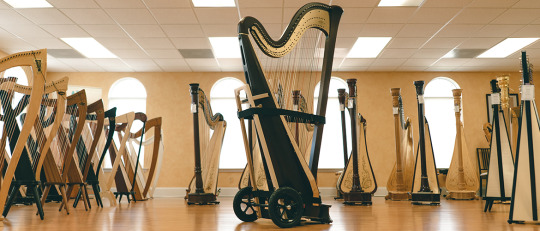
DOLLY / CADDY
You could technically carry a pedal harp with your bare hands. But to avoid any potential disasters, it's best to use a dolly. These are specially designed for harp transport and include straps so you can buckle in the instrument.

CAR
This screenshot was taken from the Harp Wiki, which has a whole page dedicated to a list of cars that are suitable for harp transport. It's serious business. Generally, the best cars for transporting harps are station wagons and vans. You can try to make it fit in a sedan, but... Yeah, just don't.
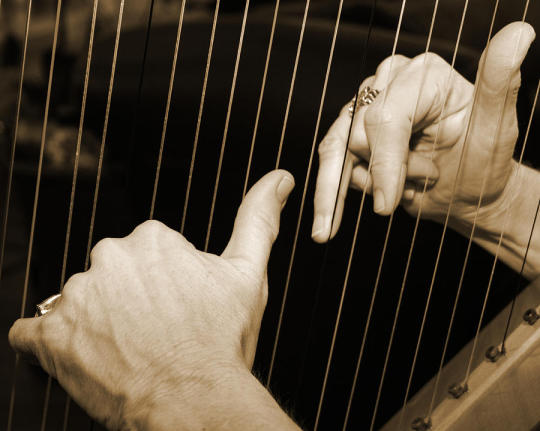
HAND CARE FOR HARPISTS
Most harp strings are thicker than guitar strings. Classical harp playing techniques also focus on plucking with the fingertips rather than with the fingernails or a pick. Add both of these up and it isn't unexpected for a player to develop calluses and blisters, especially if they don't practice that regularly. Keeping their hands moisturized is essential for harpists. Some like to apply lip balm to their fingers (especially the cuticles) before bedtime.
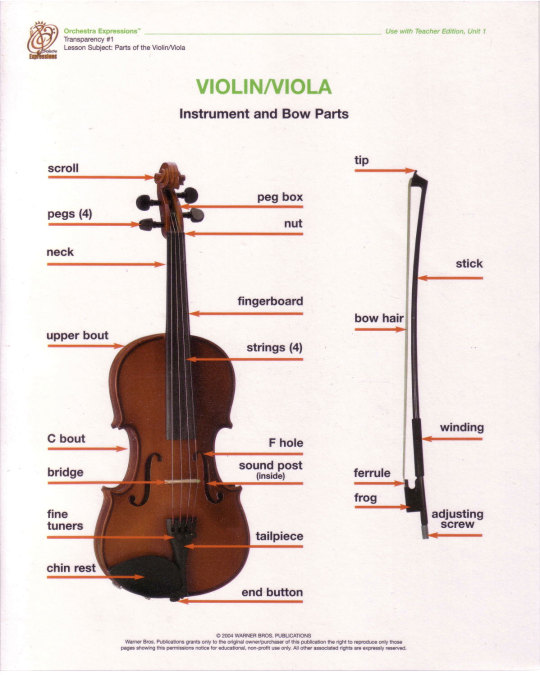
BOW
Bows may be small, but they can delay a whole orchestra's travel plans if string players aren't careful. Many antique bows are built with an ivory frog (that little bit at the end), which is illegal in most countries. Before the tour begins, musicians must give the transport team special documents so they can cross international borders with the bow. But that's also a pain in the ass, so most just leave that bow behind and bring one with a wooden frog instead.

ROSIN
Ah, the rosin... A staple in every string player's case, massively overused by beginners everywhere (I was one of those kids myself). You can always tell if someone's put more rosin than necessary because of the messy, white residue it leaves all over the violin. Basically, rosin is a type of resin. You rub it across a bow's horsehair to create friction between the hair and the string, which helps the sound resonate better while you play.
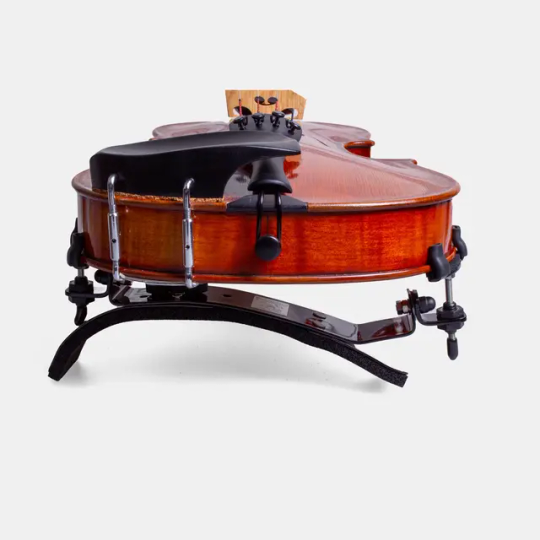
CHIN RESTS, SHOULDER RESTS, AND... HANDKERCHIEFS?
Playing without a chin rest these days is only really done by specialists who perform Baroque music (using antique instruments and period-accurate techniques). But shoulder rests are another matter entirely. They come in different types and shapes, depending on the player's preferred level of comfort. Some choose not to play with shoulder rests at all. You'll also notice some people using a cloth (i.e. world-famous violinists Midori and Itzhak Perlman); this method helps reduce friction between the violin and the neck. Also, if you sweat a lot, then your sweat won't get all over your million-dollar, 400-year-old violin.
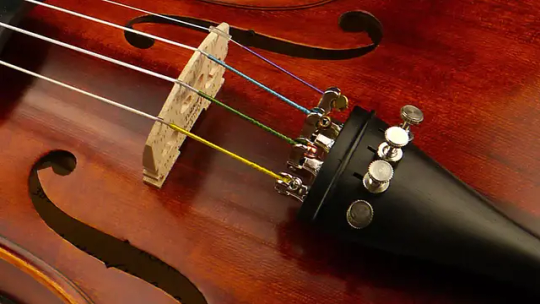
FINE TUNERS
There are two ways to tune a violin: the pegs up top or the fine tuners on the tailpiece (as in the picture). Beginners always have four tuners installed, each corresponding to a string, because it's easier to tune with them. As your skills develop, you can gradually have these tuners removed. Most professionals leave the E fine tuner (rightmost) intact and tune with the pegs for the other strings. It's often a source of pride for a musician to have only one tuner left.
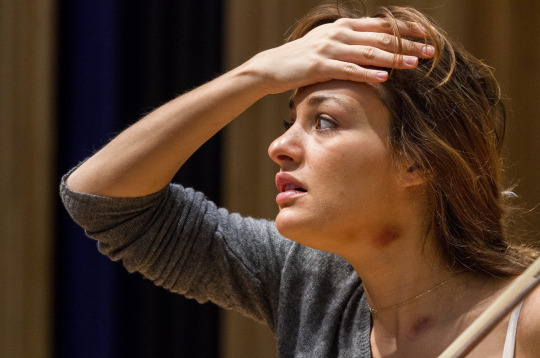
VIOLIN HICKEY
Violinist Nicky Benedetti doesn't look like she's having a great time in that picture, especially with those bruises. But they're not actually all that painful because those are violin hickeys. In the scientific community, the condition is called "fiddler's neck." A relatively harmless type of skin lesion, violin hickeys turn up because of constant friction between the player's skin and the violin. Some see it as a badge of honor.
STRING INSTRUMENT CARE

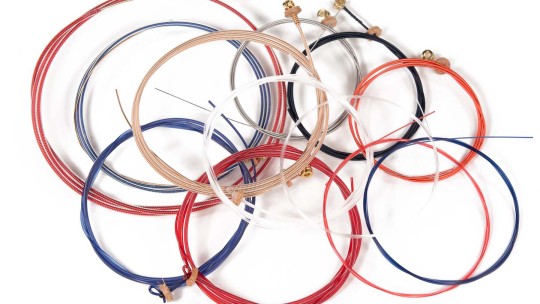
STRINGS
Violin strings "die" after a few months, depending on how often the instrument is played. Once they're worn out, the player has to change them (a process which might seem scary to novices, but only takes a few minutes). The good news about the harp is that harp strings don't "die" as quickly and can be replaced once a year. Of course, it becomes necessary if the string breaks. This can happen mid-performance (hopefully, without causing injuries from the string whacking you in the arm or the face) if there's too much tension on the string. For this reason, experienced players always keep spare strings in their pockets.
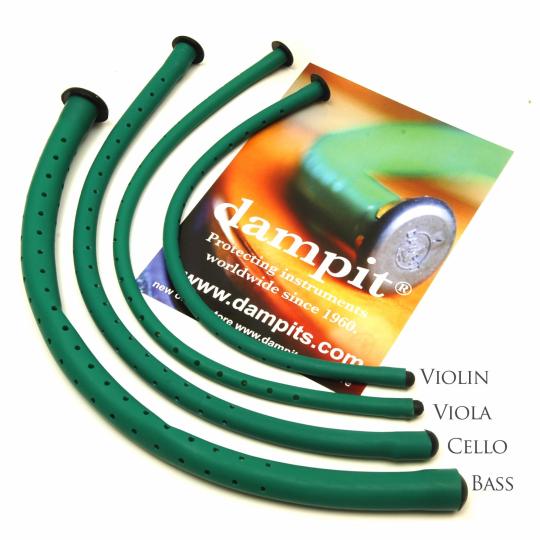
HUMIDIFIERS
Wood expands and shrinks depending on the weather and humidity levels, and wood instruments are no exception. When this happens, the instrument "throws tantrums" by staying out of tune or (in the worst case scenario) actually cracking open. It's vital to keep the instrument somewhere with a humidity level between 45% and 65%, but that's not always possible. That's why some players use dampits. These are portable humidifiers inserted into instruments with a hollow interior. As for the harp, a large humidifier for the whole room is recommended.
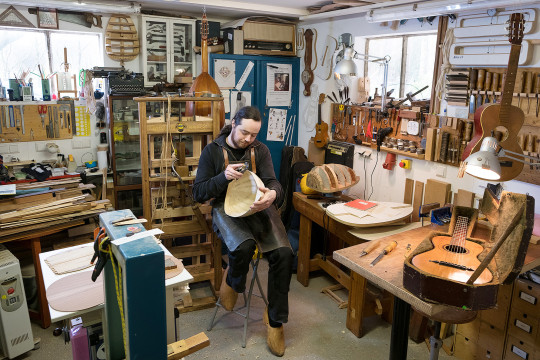
INSTRUMENT CHECKUPS
Luthiers are highly skilled craftspeople who build string instruments. Some of their workshops are centuries-old family businesses, with techniques passed down from generation to generation. Musicians visit their luthiers regularly for instrument checkups, which usually include an inspection of the most fragile parts and a thorough cleaning.
0 notes
Text
Harp 101
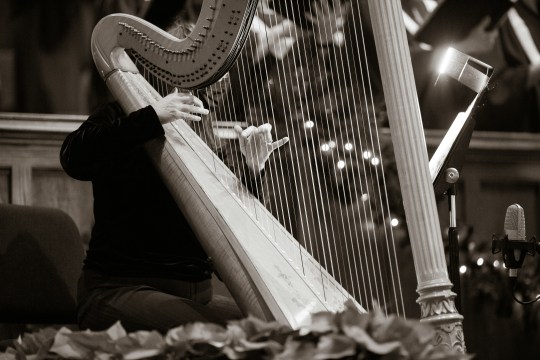
It's a cliché at this point, but strings (especially the violins) are typically described as the main meal of the orchestra while everybody else is "seasoning" the further back you go on the stage. To be fair, it's not an inaccurate way to describe what each section usually contributes to the orchestra.
But whereas some sections (i.e. trumpets / trombones / tubas) have fewer classical pieces to work with because their instruments were developed last, the harp is an ancient instrument. So why hasn't it been incorporated into a ton of western classical music?
For one, the harp is pretty easy to drown out within an orchestra. This is especially true of pieces composed from the 1900s onwards, as those often put the loudest instruments at the forefront. (You could also say this is why the recorder hasn't found a place in the modern orchestra and why it's now been relegated to a childhood novelty and a laughing stock, despite being so prominent in the medieval period... Is it obvious how bitter I am about the recorder's status these days? LOL)
For another, the concert harp as it looks now is cumbersome and inconvenient. It weighs from 70 to 90 pounds, needs to be pushed around on a trolley, and takes up so much space. And the mere anxiety of lugging it around, knowing how some are made with 23-karat gold and cost upwards of 50,000 USD... That alone makes potential students (or, more accurately, their parents) want to avoid the instrument.
Long story short: The harp is one of the least popular instruments in the orchestra. But it's not hated. Certainly, I think most people can agree that it sounds beautiful (the typical go-to adjective is "heavenly"; in fact, I googled out of curiosity and realized there are 11.2 million results for "heavenly harp").
But its rarity means that available compositions are pretty limited. Some composers were capable of writing very well for the harp (like those two frenemies Debussy and Ravel), but there weren't a ton of them. As a result, harpists tend to play transcriptions (covers, basically) of pieces made for other instruments.
On the other hand, the harp has a rich repertoire within the realm of folk music! But before we look into that, let me just describe the most common harp types real quick.

LAP HARP (a.k.a. HARPSICLE)
Some of the smallest and cheapest harps you can find, and usually what parents first buy their kids (though some teachers don't recommend them). A lap harp is around 5lbs and has 26 strings with a 3.5-octave range. They're very convenient but do require some skill in transcription because of their limited range.

LEVER HARP (a.k.a. CELTIC HARP)
With around 36 strings and a span of nearly five octaves, the lever harp is what teachers would typically recommend as a foundation for students. They can be played sitting down or standing up, and their design hearkens back to harps used in the ancient Celtic nations (present-day Ireland, Scotland, and Wales). Above the strings are levers, which raise the pitch of each string by a semitone. They enable the harpist to play sharps and flats. Despite being the preferred "starting point" for budding harpists, lever harps aren't a mere training tool. They are the most widely used harp type among folk musicians.

PEDAL HARP (a.k.a. CONCERT HARP)
The largest of the family, weighing around 70-90lbs with 47 strings and a range of 6.5 octaves. These are the harps used in classical music. In place of levers, which you have to adjust for every string, this harp has seven pedals (one for each pitch class: C, D, E, F, G, A, B) across all the octaves. This requires a somewhat different type of training, as the feet are now incorporated into the way the instrument is played.
Not all harpists own each harp. Especially not the pedal harp, which is sometimes worth more than the apartments where pro harpists actually live. But if you can play one, you can play all of them (with some degree of awkwardness at the start, of course).
Earlier, I mentioned the usage of harp in folk music. So, before we wrap this up, let me talk a bit about the mariachi harp.

You can see that it looks very similar to a lever harp. They have roughly the same number of strings, can be played in the same positions, and use levers. But one of the most striking differences is how the strings on the mariachi harp are much closer together. This design accommodates the mariachi style of playing, which traditionally uses the fingernails rather than the fingertips and is often lightning-fast.
This harp plays a prominent role in Mexican folk music, especially among bands from Veracruz. Here is the ensemble Tlen Huicani in concert:
youtube
So, you know, even if it's considered "seasoning" in a classical orchestra, it can be the main course elsewhere!
0 notes
Text
The Concertmaster
So now, we know that a concertmaster is:
the first chair of the first violin section
the leader/"team captain" of the orchestra
But what does a concertmaster actually do?
Before we answer that question, let's first answer: Where is the concertmaster?


The concertmaster is always the violinist directly to the left of the conductor. The person to the concertmaster's left is the associate concertmaster/second chair, while the person behind them is the assistant concertmaster/third chair.
When you watch a classical concert, you'll notice all the members filing out to their seats. But there's always one violinist who goes out last. That is the concertmaster, who then leads the orchestra in tuning.
I remember how my mother would always say she hated this part because "it looks so unprofessional, tuning in front of the audience." But instruments are sensitive creatures, Mum! Because anything from the humidity to the stage lights can mess with an instrument's body, the orchestra has to tune on the spot to concert pitch (A, or 440 Hertz).
Once the tuning is over, the conductor steps out and shakes hands with the concertmaster. This is an old tradition that's meant to symbolize respect between the conductor and the orchestra.
During a performance, if you look closely at the string players, they might keep discreetly looking over to the concertmaster. Using very subtle gestures like nods or lifted brows, the concertmaster also quietly leads the strings... or even the whole ensemble, if worse comes to worst. This is especially so if the orchestra isn't vibing with the conductor (which, unfortunately, does happen). If it gets really bad, the concertmaster might even make baton-like gestures with their bow.

Outside of the concert hall, the concertmaster also has other tasks. One of the most time-consuming is notating the bowing.
When the strings all move together as one and their bows all go up and down at the same time, the effect is very pretty both visually and aurally. But this isn't possible without the concertmaster, who has to painstakingly decide all the bowing directions months prior to the concert.
The bowing should remain true to the composer's intent and the style of the time period, to be played as accurately as possible. This requires expertise in different musical styles (and, if not, a load of research). Working closely with the librarian, the concertmaster has to make sure the bowings are ready on all the individual players' sheet music before the first rehearsal.


In a serious emergency where the conductor or any of their substitutes can't make it to a concert, the concertmaster must also step in and conduct the orchestra. This is rare, though, and concerts are usually just cancelled. But hey, if the show must go on and the concertmaster can do it, why not?
An underrated but crucial responsibility that falls to the concertmaster is being the role model or "parent" of the orchestra. Though the players are expected to conduct themselves like professionals, sometimes there might be somebody at rehearsal playing games on their phone, reading a book, or even sleeping. It's up to the concertmaster to discipline them. (In private, obviously. Don't humiliate your kids in front of the house guests.)
At the same time, the concertmaster must stand up for the musicians in cases where there are disputes between the conductor and the orchestra. This tends to happen if the conductor doesn't actually know how an instrument works (watch this video of Lenny Bernstein being completely incapable of instructing a pair of percussionists how to play the triangle the way he wants; Classical Cringe Hall of Fame, for sure).
You can't always blame the conductor. Their expertise lies in leading the orchestra towards a unified vision of the piece, not in actually playing each individual instrument. So the musicians will always know better than the conductor how to play the instruments they've slaved their entire lives over. That being said, the concertmaster has to make sure things don't get ugly. A calm rehearsal where disputes are handled politely and maturely makes for a day not ruined.
For better or worse, the concertmaster always has to be there to save their fellow musicians.
0 notes
Text
Orchestra Life: FAQs

Who owns/runs an orchestra?
Most major orchestras around the world are now self-governed. This gives the musicians a greater degree of control over which conductors get to work with them and how the orchestra itself is managed from day-to-day. It's like if film sets were actually run by the people who make them and not the executives who only care about money (ha!).
How do orchestras make money?
Orchestras get funding through government subsidies and sponsors. If they're named after and represent a city (i.e. London Philharmonic / Chicago Symphony), the local government would typically offer them partial funding. In legal terms, a self-governing orchestra is classified as a charity.
A traditional way for orchestras to earn revenue is through subscriptions. These come in different packages for entire seasons or just a limited series. Audience members who sign up are then given tickets to all those concerts.
These days, some orchestras have begun streaming for a wider audience. However, only the richest orchestras can afford the equipment for live streams every night.

How do you join an orchestra as a musician?
Audition!
Orchestra positions are full-time and have complete benefits packages, making them some of the most coveted jobs in the industry. Unless you become a superstar soloist with a shiny record deal (and a modeling contract), your best shot at making a living out of music is landing gigs. And those don't come along regularly. So when a chair in an orchestra is vacated, loads of people go in for the audition. A job in an orchestra could set you up for life.
This is also why very few orchestra musicians resign. If you watch the average concert, you'll notice how a lot of the members have gray/white hair. Those people will only leave when it's time for them to retire. If nobody's retiring or resigning, there are no vacancies available.
While most classical musicians are formally educated and have at least one degree, a formal education is never a requirement at an audition. The only requirement is to prepare all the pieces on the audition repertoire list. So if you're feeling bold, go for it.
The audition process involves several rounds, usually including a blind audition to help avoid gender and racial biases. The candidate doesn't speak and female candidates aren't allowed to wear heels. The jurors are made up of the conductor and the musicians, who randomly select pieces from the list for the candidate to perform. Once a candidate aces the audition, they are then offered a trial/probationary period.
What happens during the trial/probation?
A lot of things that might require someone to see a therapist. Seriously.
The audition might be nerve-wracking, but the probationary period is what really makes or breaks the whole thing. Most probations go on for a year, throughout which everybody in the orchestra is basically observing your every move. Are you giving it your all? Or are you half-assing it? Are you playing nice with the other kids? Or are you being a little diva? Will they invite you to be officially part of the family or show you out the door within a year?
Candidates on probation are assessed not just on their performance and work ethic but also their dealings with the other members of the orchestra. After all, the job is for life (that is, until retirement). You're pretty much entering a long-term relationship.
At the end of the probation, the ensemble then votes on whether you can stay on or not. Some candidates are seen as such a good fit that they are offered a full-time position even before the probation ends.
Holding a full-time job in an orchestra is also referred to as holding tenure. When you're a tenured musician, you can stay on that chair for as long as you like... provided that you behave and keep performing up to the orchestra's standards, of course.
Also check out this short video of two young lads who just passed their probation at the Berlin Phil. (Yay!)

What's a typical work week like in an orchestra?
Orchestra work is divided up into seasons. These are like academic years and usually last 40 weeks with the summer off. Some orchestras can manage 52-week seasons (where they perform all year round), but many tenured musicians choose to go on vacation or work on other projects during the summer holidays. If their chairs are temporarily vacant, the orchestra then hires from their pool of substitute musicians.
During a regular work week within a season, the orchestra performs three to four concerts. These are almost always on Thursday, Friday, and Saturday nights, with a matinee (afternoon) concert on Sundays. The rest of the week is devoted to rehearsals. Monday is usually the day-off.
Almost every night, the concert repertoire changes. This means that the players have no time to memorize their music or to rehearse the pieces to perfection (unlike soloists who have a repertoire they've already been playing over and over for years). Hence why they always perform with the sheet music in front of them.
Rehearsals are only two-and-a-half hours each. Most take place in the morning, though sometimes there is another one in the afternoon. Once the rehearsal is over, the musicians have the rest of the day to themselves. This doesn't mean slacking off, though. To stay in top shape, they also practice by themselves at home for a few more hours.
Sometimes, the orchestra will play special, themed concerts. Some of these are more informal and played outdoors (like summer concerts, where everyone lets loose a little), some are meant for children, and some involve collaborations with amateur musicians.
What about career growth?
What the hell is career growth? LOL kidding. No, actually, I'm not.
Orchestra musicians don't get promotions. The reason for this is that they auditioned for one chair and one chair only. Simply put, if a section principal retires or quits, that doesn't automatically mean the second chair gets to replace them. For the second chair to do that, they'd have to audition for the principal chair (against what could be hundreds of others vying for the position as well) and go through the whole process all over again.
Very important to note: It's a misconception that the principal chair is the best musician in the whole section. Same thing with the concertmaster being the most skilled violinist in the whole orchestra. Though these positions do require a very high skill level, it's possible that a rank-and-file player could be way more talented than someone who made first chair. It just so happens that they auditioned for the one vacant chair.
Does this lead to stagnation and frustration in some players? Of course. That's why many pursue other interests and side projects.
Is the pay good?
Depends where you are. In the UK and many other countries, a job even in a major orchestra could still see you living paycheck to paycheck. In the US, however, the most prestigious orchestras pay exceptionally well.
Those who want to make a bit of extra money would take on other work, like one-on-one home lessons or adjunct faculty positions at music schools. There are also wedding gigs... if the musician in question can tolerate playing Pachelbel's Canon a thousand times.
The pay grade also increases depending on your position. So the concertmaster, who's at the top of the hierarchy of musicians? Loaded.

Who provides/owns the instruments?
This depends on the section, but the vast majority own their instruments and bring them to work every day. Those who play larger instruments (i.e. percussion / harp) do have their own at home but generally play on orchestra-owned property during rehearsals and performances. Because it's ridiculous to make someone bring four timps or an 80lb pedal harp every single day.
There are special cases where string players don't actually own their instruments. This mostly happens with soloists or high-ranking musicians like the concertmaster. Music foundations or philanthropists own antique instruments made by legendary luthiers like Stradivari and Guarneri, which they can't personally play. So instead of leaving the instruments to rot in some case in some closet, they loan them out to well-known performers. This system allows musicians to play instruments they'd never be able to afford (Strads are almost all over 1 million USD) and offers foundations free promotion because of the instrument's visibility at concerts.
And one last thing: How do you become an orchestra's chief conductor?
Unlike the musicians they lead, conductors do not technically receive tenure. Their work is contract-based and they can only stay on for as long as the orchestra wants them to stay on. Such is the power of a self-governing body. *evil laugh*
Conductors don't go through a probationary period either. Instead, the process tends to go something like this: The current chief conductor decides that they won't renew their contract, or the orchestra decides that they'd like new leadership once the contract expires. An amicable breakup, if you will. Hopefully. The search for a replacement then begins, which could take years. During this time, the orchestra invites guest conductors and gauges whether any of those people could be a suitable candidate. If they like what they see, they might invite the guest several times over. From their pool of potential candidates, the orchestra then votes on their next conductor.
Because you'd expect the orchestra to vote for someone they actually like, the relationship would generally turn out to be quite fruitful. If the orchestra really loves working with a conductor, they can keep extending their contract. Many stay on for a good few years, even decades.
As for special cases: Some orchestras can decide not to hire a chief conductor at all. The Vienna Philharmonic, for instance, only ever invites guests. You could argue that this is how Vienna has maintained their recognizable sound... because nobody ever stays long enough to change it.

0 notes
Text
People in the Orchestra
The principal/chief conductor is also known as the music director, which I think is the better title because it actually describes the nature of the job. If the orchestra were a sports team, they would be the coach. The bulk of their work happens behind-the-scenes: leading rehearsals, doing admin stuff like planning the music calendar and handling auditions, attending meetings with the board/sponsors/etc., and all the things the audience never really gets the chance to see.
A guest conductor is pretty self-explanatory. They're invited for one concert (or even a whole series of them) and take over for the chief conductor in the meantime.
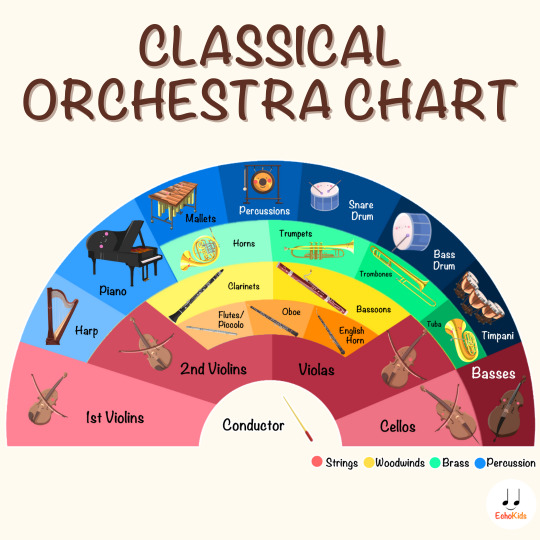
The orchestra is divided into instrument sections, which are also subdivided into smaller sections:
strings (first violin, second violin, viola, cello, double bass)
woodwinds (flute, oboe, clarinet, bassoon)
brass (French horn, trumpet, trombone, tuba)
percussion (timpani*, percussion, harp**, piano**)
[* = While the instrument is still technically a member of the percussion family, a timpanist is a specialist on their instrument and is assigned their own separate section.]
[** = There's always been some debate about whether these two belong to percussion or strings, but they're usually just seated with the percussion section at the back.]
Each section is led by a principal/first chair. They play the biggest and most challenging parts in a piece, as well as any solo passages for their instrument. In sections where each member plays a different part (i.e. brass and woodwinds), the principal is typically assigned the highest register. In some sections where only one instrument is usually required per piece (i.e. harp / timpani), the musician performs alone.
The concertmaster is the first chair of the first violin section. They are also the leader of the orchestra. If we go back to the sports analogy, the concertmaster would be the team captain. They essentially represent everybody else in the orchestra, which is why the conductor shakes their hand (and only their hand) before each concert. A good concertmaster is widely respected and even beloved by the other members of the orchestra.

Non-American orchestras commonly have more than one concertmaster. But even in the US, they have associate concertmasters and assistant concertmasters who can take over for them if they're unavailable. These two are also referred to as the second chair and third chair, respectively.
Orchestras also book soloists, who are the "celebrities" of the classical music world. They are signed on years in advance for one concert (or several, depending on their schedule or even their level of fame) and receive special billing as guest performers. The most popular soloists are pianists and violinists.***
[*** = In prestigious orchestras, many members play as soloists on the side. They could even score their own record deals and tours.]
If an orchestra particularly enjoys working with a soloist, they can sign them on as an artist-in-residence. Their contracts usually last a year and allow them to collaborate with the orchestra in concert series and/or outreach programs.

Orchestras can also offer positions to composers-in-residence, who are commissioned to compose brand-new music. This is an amazing opportunity for living composers to get their work heard and to earn money for a job that otherwise doesn't pay a ton.
Of course, an orchestra isn't just its musicians but also its huge team of crew and administrative staff behind-the-scenes.
A vital member of the staff is the librarian, who is in charge of the musicians' sheet music. They prepare copies of the sheet music months ahead, so the orchestra can use them during practice/rehearsal. When it's time for a concert, they set up all the individual sheet music on the stands before the performance and pack them all up again after.
The transport team is also crucial to a successful orchestra tour. Because of how fragile/expensive/enormous the instruments are, the team carefully transports them in padded cases in climate-controlled compartments. In a way, the instruments are their passengers (who require far more care and attention than the musicians do).

Lastly, there is the general manager. They might work in a large team, depending on how big and active the orchestra is. From musicians' contracts to scheduling and booking to outreach programs to recordings, they handle pretty much everything that keeps the whole show running.
0 notes
Text
Welcome!
This blog serves as a companion to the Migwen/Ghostfang fic sympathetic vibrations. All references are sorted by chapter.
Chapter One
Have a question or message? Send an ask.
Main blog: @diesirate
0 notes